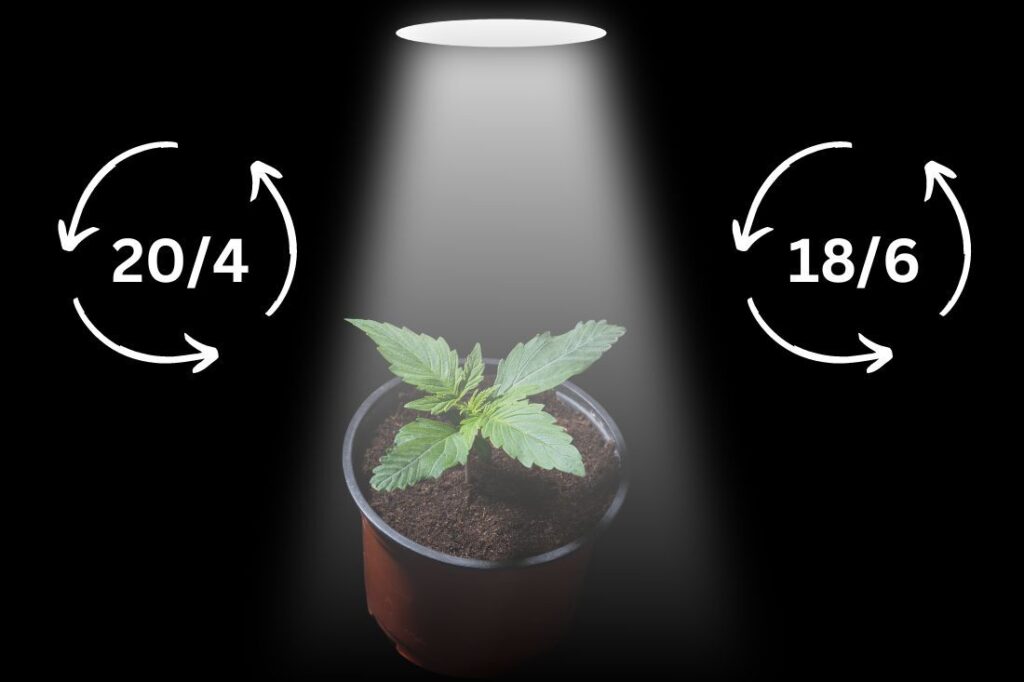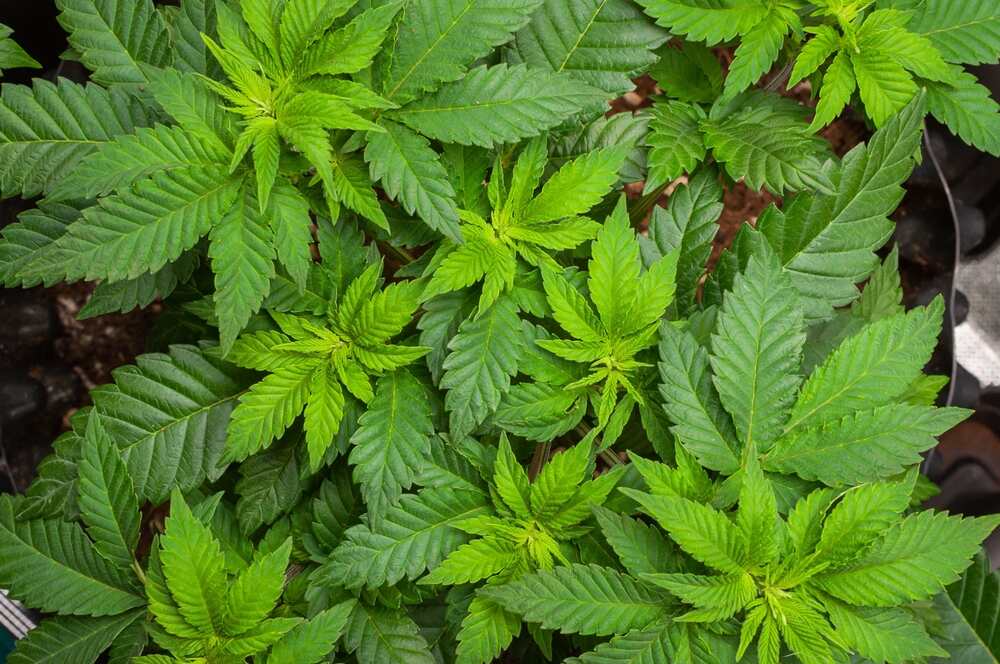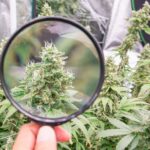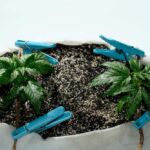The Best Fluffy Pancakes recipe you will fall in love with. Full of tips and tricks to help you make the best pancakes.

What is the best autoflower light cycle?
When you’re growing autoflowering cannabis, lighting is everything. Unlike photoperiod plants, autos don’t wait for a change in daylight hours to start flowering—they do it on their own schedule. That means you, the grower, have full control over how much light they get from seed to harvest. But with so many different light schedules floating around online—18/6, 20/4, even 24/0—it’s easy to get overwhelmed. I’ve grown autos in just about every cycle you can think of, and I’ve studied how light affects growth, resin production, terpene development, and yield. In this guide, I’m going to break it all down so you can pick the best light cycle for your setup, your strain, and your grow goals. Let’s get you dialled in.
Why light cycles matter for autoflower cannabis
How autoflower genetics differ from photoperiod strains
Autoflowers are descendants of Cannabis ruderalis, a hardy subspecies native to areas with short growing seasons. Ruderalis evolved to flower based on age rather than light exposure. Breeders have crossed it with high-THC photoperiod strains to create the autoflowers we grow today.
The result is a cannabis plant that starts blooming after 2–4 weeks, no matter how many hours of light it receives. This is different from photoperiod strains, which only flower once the light cycle shifts to 12 hours on and 12 hours off. Since autos don’t rely on photoperiods to flower, you’re free to use any light cycle you want, which opens the door to tailored energy strategies and bigger yields.
The role of photosynthesis, photoperiod and plant stress
Light fuels photosynthesis, which is the process your plants use to create sugars that power everything from vegetative growth to trichome production. More light generally equals more growth, but it also creates more heat and potential stress.
Autoflowers are sensitive to overfeeding, root restriction, and heat. Long light cycles increase canopy temperatures and can stress the plant if ventilation and humidity aren’t controlled. Too much light without rest can also lead to slower flowering or airy buds in some cultivars.
Balancing light exposure with plant recovery is key. Autoflowers don’t need darkness like photoperiods do, but short dark periods can benefit root development and internal hormone regulation. It’s all about striking the right balance between hustle and rest.
Overview of common light schedules (18/6, 20/4, 24/0, 12/12)
18/6 – the energy‑efficient baseline for balanced growth
The 18/6 light cycle—18 hours on, 6 hours off—is widely considered the gold standard for growing autos. It mimics the long days of summer while still giving the plant a rest period.
I use 18/6 when I want to balance strong growth with manageable power bills. It gives my plants enough light to bulk up, while the 6 hours of darkness allows them to cool off and process nutrients. For most home growers, especially in warmer climates or tents without CO₂ supplementation, 18/6 is the sweet spot.
Pros:
- Energy efficient
- Allows plant rest and recovery
- Less heat accumulation
Cons:
- Slightly slower growth compared to higher light schedules
20/4 – pushing growth with extra light, still allowing recovery
20/4 is what I switch to when I’m running autos that respond well to high light intensity, especially during early veg. With 20 hours of light, you’re pushing more photosynthesis, which can lead to denser foliage, faster bud set, and more flower sites.
The 4-hour dark window still lets the plant regulate key biological processes, and that short rest helps reduce light stress compared to 24/0. I often recommend 20/4 for growers using high-efficiency LED lights with dialed-in environmental control.
Pros:
- Increased growth potential
- Small rest period for plant metabolism
- Good for high-yield strains
Cons:
- Slightly higher energy cost
- May generate more heat in enclosed spaces
24/0 – continuous light for maximum photosynthesis (pros/cons)
Running your autos under 24 hours of constant light is tempting—it means non-stop photosynthesis, potentially faster growth, and maximised canopy coverage. But it also means no downtime for your plants or your gear.
I’ve done 24/0 cycles in cold winters to keep the tent warm and noticed explosive early growth. But I also saw more signs of stress in mid-flower—things like clawed leaves, foxtailing, and slower resin development. Some autoflowers don’t respond well to this relentless pace.
Pros:
- Max photosynthesis and fast vegetative growth
- Ideal for cold environments
- Great for low-power LED setups
Cons:
- No recovery period for plants
- Higher risk of stress or stunting
- Increased heat and electricity cost

12/12 – when and why growers use it with mixed gardens
Normally, 12/12 is used to trigger flowering in photoperiod strains, so it’s not optimal for autos. That said, some growers still use it when they run mixed gardens and want their autos to grow alongside photoperiods.
If you’re in that boat, just know that your autos will flower, but they’ll do it with limited energy input. Expect smaller plants and reduced yield. I avoid 12/12 for autos unless I have no other option.
Pros:
- Compatible with photoperiod plants
- Low energy consumption
Cons:
- Subpar growth and yield
- Not ideal for autoflowers
Choosing the right schedule by stage and setup
Seedling phase – why start with 20/4 for delicate growth
Seedlings benefit from stable light exposure and gentle warmth. I find 20/4 gives young autoflowers a strong start without overwhelming them. That 4-hour dark period also helps roots develop properly while preventing stretching.
If you’re growing in a humid environment, the short dark period helps stabilize humidity swings, reducing the risk of damping off and fungal issues. Gentle LED lighting with a PPFD around 200–300 is perfect during this stage.

Vegetative to flowering – adapting schedules for strain and environment
Once your plants hit veg—around day 10 to 14—you can keep them on 20/4 or shift to 18/6 depending on your strain and goals. Some vigorous strains handle 24/0 with ease, while others stall or throw weird leaves.
I often watch how a plant reacts in veg to determine the next step. If it’s bushy and compact, I’ll try 20/4 to drive growth. If it looks stressed, I back it down to 18/6. As flowering kicks in, I recommend sticking with whatever light cycle you used during veg for consistency.
Environment plays a big role too. In small tents with limited cooling, 24/0 might be a bad idea. In cooler basements, it could be ideal.

Managing heat, light spectrum, electricity costs, and timers
Here’s where your grow room setup matters. Long light hours mean more heat, so make sure your exhaust, intake, and airflow are solid. LEDs run cooler than HPS, but they still raise ambient temps.
Use programmable timers to keep your cycles consistent. Cheap timers can fail, so invest in digital ones that let you dial in precise on/off times. Also, plan for energy bills—24/0 will hit your wallet harder than 18/6.
If budget is tight:
- Use 18/6 with high-efficiency LEDs
- Run lights during off-peak hours
- Add fans on timers to reduce heat build-up
Advanced/light-intensity factors to boost yield
PPFD, full-spectrum LEDs and blue/red wavelengths
Photosynthetic Photon Flux Density (PPFD) is the measurement of usable light reaching your canopy. For autoflowers, I aim for:
- 200–300 PPFD (seedling)
- 400–600 PPFD (veg)
- 600–900 PPFD (flower)
Full-spectrum LEDs that include both blue (for vegetative growth) and red (for flowering) wavelengths support robust development. I’ve found that red-heavy spectrums can accelerate flower production, while blue-heavy light keeps plants compact and bushy.
Some of my best yields came from full-spectrum boards that delivered uniform coverage without hotspots.
Environmental control – humidity, VPD, heat, and light stress
Good lighting is only part of the equation—you also need to match it with ideal environmental parameters. Keep VPD (vapor pressure deficit) in check to support nutrient uptake and transpiration.
Target ranges:
- Veg: 60–70% RH, 24–28°C
- Flower: 45–55% RH, 24–26°C
Monitor for signs of light stress like leaf tacoing, bleached tops, or clawing. If you see these, dim your lights or raise the fixtures. More isn’t always better.
Supplemental UVA/UVB and unconventional cycles (e.g. 22/2, 6/2)
Some advanced growers add UVA or UVB to increase trichome production late in flower. I’ve tested UVA during weeks 5–8 and noticed a small boost in resin and aroma, but it must be used carefully to avoid plant damage.
Unconventional light cycles like 22/2 or 6/2 (on/off in intervals) are being explored by growers chasing micro-optimization. They’re experimental and require precise timing and high-tech setups. If you’re just starting out, stick to proven cycles before getting experimental.
Experimentation & real-world grower insights
Case studies: auto growers using 18/6 vs 20/4 vs 24/0
I’ve grown the same strain—Fast Buds Gorilla Cookies Auto—under all three cycles. Here’s what I saw:
- 18/6: Solid buds, tight internodes, 85g dry yield per plant
- 20/4: Denser buds, better trichome coverage, 95g per plant
- 24/0: Fastest veg, fluffier buds, heat issues, 90g per plant
Most home growers I talk to report best results with 18/6 or 20/4. The 24/0 cycle only worked well in rooms with excellent cooling.
Signs your plants need more rest or more light
Too much light:
- Leaf curling or bleaching
- Plants look stressed mid-cycle
- Slower flowering
Not enough light:
- Stretchy internodes
- Pale leaves
- Slow bud development
Adjust your distance, intensity, and schedule based on how your plants behave. They’ll tell you what they need if you pay attention.
Tracking yield, potency, and plant health across cycles
Keep a grow journal. Log light cycles, temperatures, humidity, feeding schedules, and harvest weights. Compare trichome coverage and terpene strength. You’ll start to see patterns—some strains crush it under 18/6, others respond to 20/4 with bigger yields and danker aroma.
Conclusion
There’s no one-size-fits-all answer to the best autoflower light cycle—it depends on your strain, setup, and growing goals. But if you’re looking for a solid place to start, go with 18/6 for simplicity, 20/4 if you want to push performance, and 24/0 only if your environment can handle it. Every light cycle comes with trade-offs. Learn from your grows, fine-tune your system, and trust your plants. The more you pay attention to them, the more they’ll reward you with sticky, stanky buds.




